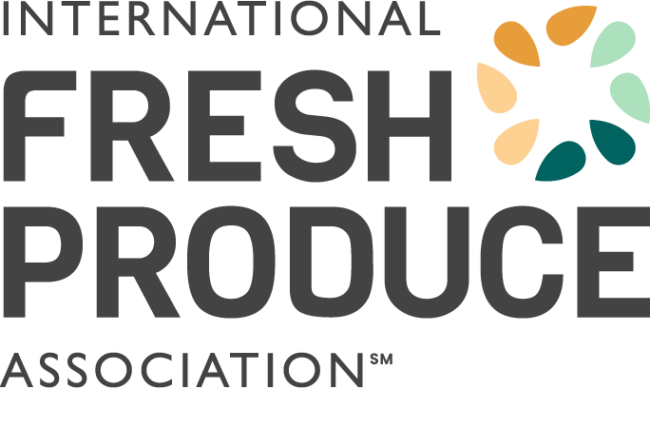ORLANDO — One of the silver linings of the COVID pandemic has been the increased importance consumers are placing on their health.
It’s created an extraordinary opportunity for the fresh fruit and vegetable industry, Cathy Burns, CEO of the International Fresh Produce Association, told attendees of the first-ever Global Produce & Floral Show.
“Our future has never, ever been set up for us to make more of an impact,” Burns said in her State of the Industry speech Oct. 27. “Our time is now. It’s time the world recognized us.”
Burns recounted her recent experience at the White House, attending the first summit dedicated to health, hunger and nutrition in half a century.
“I was struck by how many people there were advocating for our products.”
In particular, Burns said, the idea of “food as medicine” is resonating as never before. Attendees of the White House summit echoed what IFPA is hearing from all corners: “We can’t medicate our way out of disease and illness,” as Burns phrased it.
Another speaker at the Oct. 27 opening session, Bruce Taylor, IFPA’s chairman, pointed out that the US spends $386 billion a year on health care. That number could be dramatically reduced if people just ate better.
“Our industry is at an inflection point,” Taylor said. “It should be our expectation, not our goal, that people eat five servings of fruits and vegetables a day.”
Throughout the fresh produce industry’s history, its main attitude towards government has been to have as little to do with it as possible, Taylor said. But the current climate is perfect for the industry to partner with government to increase produce consumption and turn the tide on Americans’ health.
The stakes couldn’t be higher, Burns said. Poor diet is the leading cause of mortality and morbidity worldwide. Obesity is now killing more people than malnourishment is.
More and more people, she said, are starting to turn to fruits and vegetables as alternatives to medicines. Studies have shown, for instance, that “food pharmacies” are helping diabetics control their blood sugar levels better than medicines can.
Other progress is being made. Burns cited Instacart’s food bundling option that picks foods for customers based on their health needs.
In addition, there are 108 “produce prescription” programs in 38 states. And diets like the new “pegan” diet — part paleo, part vegan — prioritize fruits and veggies. In most pegan diets, fruits, vegetables and nuts make up 75% of the diet.
That said, there is enormous work to be done, Burns said. Only 1 in 10 Americans eats the recommended amount of fruits and vegetables annually. And in one group of countries surveyed, a group that includes the US and China, the average person ate just 3.4 servings of produce daily.
And other problems, like labor and, especially, inflation, make that even harder. Retailers say fresh produce is the category they expect to be the least affected by inflation, but 46% of consumers who ate fewer fruits and vegetables than a year ago cited price as the reason why.
Despite the big challenges, the future couldn’t be more exciting for the fresh produce industry, Burns told IFPA attendees.
“The stars have aligned. It’s time for us to choose our course.”

